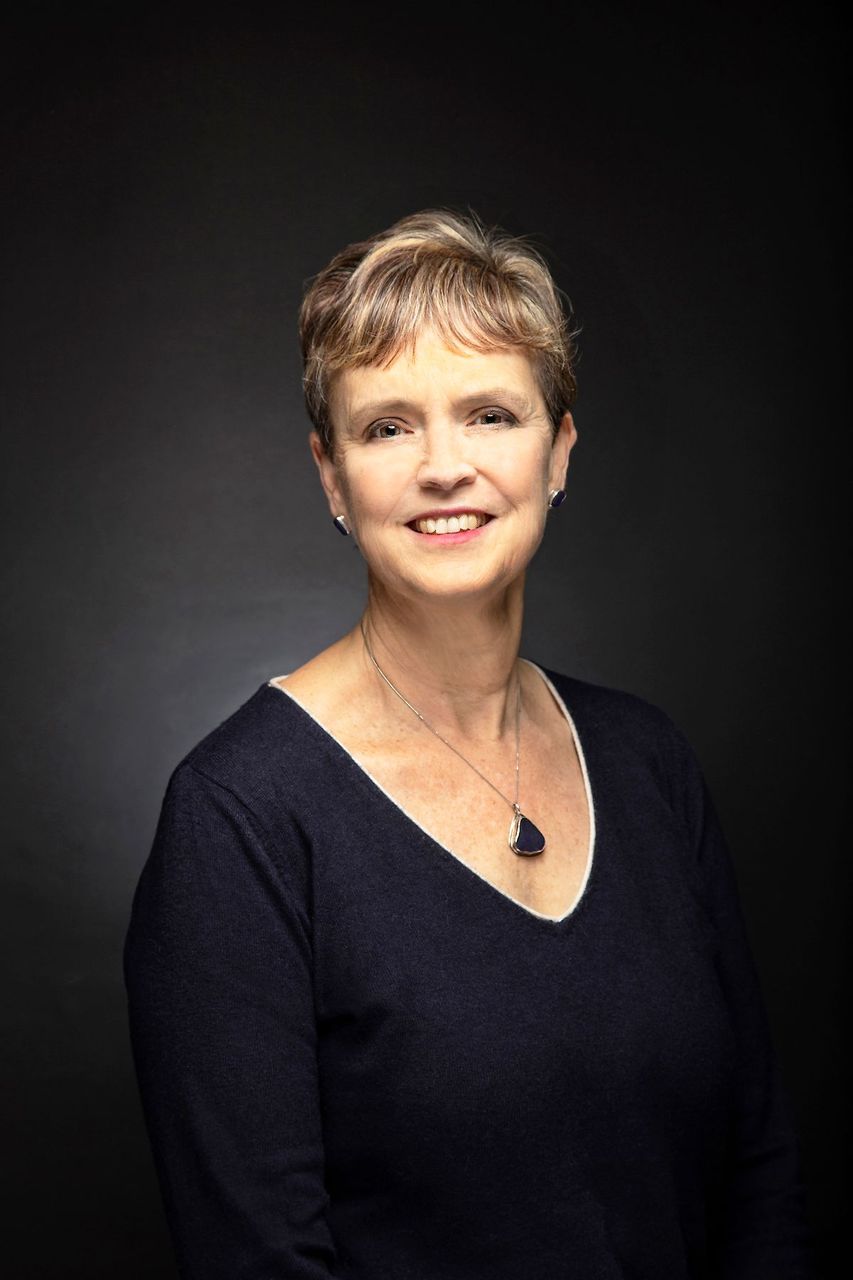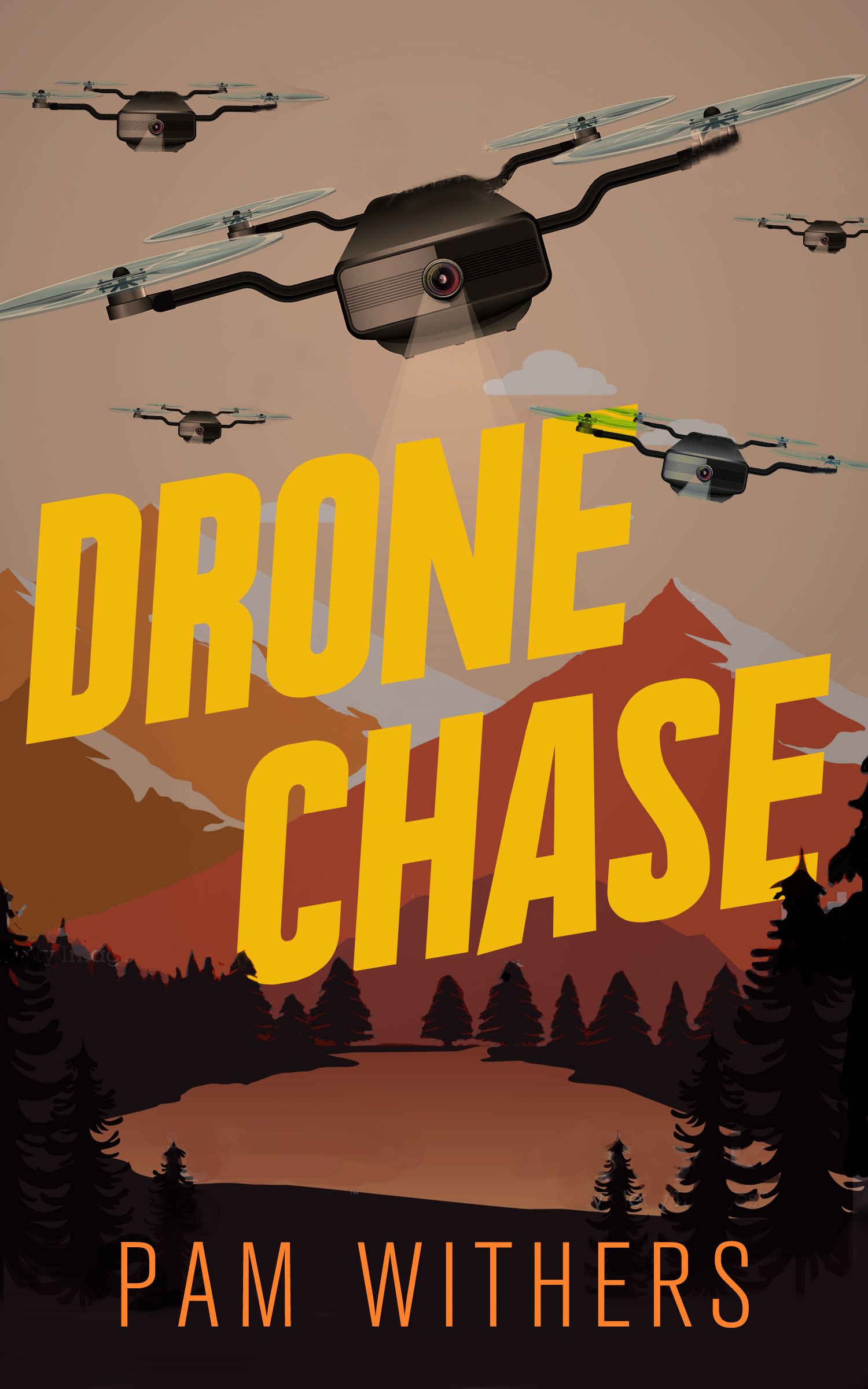Meeting Canadian Writers and Illustrators of Children’s Books
What inspires the writers of the books your students read? How does an illustrator decide what to draw? Is it true that most authors and illustrators don’t know each other? This column features a different Canadian children’s book creator in each issue and shows you the story beyond the covers.
Pam Withers
 Pam Withers’s books deal with extreme sports like snowboarding, skateboarding, and climbing. Engrossed in her
Pam Withers’s books deal with extreme sports like snowboarding, skateboarding, and climbing. Engrossed in her
page-turning novels, I wonder if, besides writing, the author herself is an extreme athlete, too. Her award-winning titles include Paintball Island, Daredevil Club and many more exciting reads about outdoor adventure.
Margriet: Diving, biking, kayaking— have you tried all these sports firsthand?
Pam: I spent my youth as a whitewater kayaker, kayak racer, and instructor as well as a whitewater raft guide. I’ve done about a third of the sports I’ve written about, but basically, even if I’m working with an athlete of a sport I haven’t tried, I believe I understand the minds and lifestyles of extreme sports types. The other day I went caving as research for my next novel. But of course, I’m working with a search and rescue caver, so I don’t really need to; it just seemed I should. And I loved it— even though I’m now 64 years old. Am I extreme? No. But I’m adventurous and spirited. It wasn’t always easy being a female in the male-dominated world of whitewater kayakers.
Margriet: How do you conduct research for your writing? Do you interview athletes? Spend time observing them?
 Pam: I do both, for sure, working closely with at least one athlete for each novel, after spending tons of time watching the sport on YouTube and reading books (both fiction and non-fiction) and articles about it. Biographies of athletes within a sport are particularly helpful; they give me a feel for potential plot twists, character, and the jargon. My latest novel is Drone Chase (Dundurn Press), in which teens bring down a bear-poaching ring using drones. I worked closely with a drone expert, interviewing him about possible scenarios, and having him fill in blanks in first-draft dialogue and writing. He was fun to work with! I flew up to Bella Coola, where the novel is set, and hiked there (with bear spray at my side). I spoke with a wildlife expert and First Nations guide there, and dragged myself out of bed early to be at a bear-watching spot. All that helped so much with the plot and writing. Better yet, while speaking at a local school, I met a young boy who told me about his grandfather keeping an orphan bear (the theme of my story), and I later interviewed his dad and got really helpful information. I truly fell in love with the Great Bear Rainforest while I was there, and it definitely inspired my writing. On the other hand, having to read detailed news items about bear poaching was heartbreaking. Having to read about child soldiers for First Descent was even worse. I had to adopt a policy not to read that stuff after noon any given day, or I’d suffer nightmares.
Pam: I do both, for sure, working closely with at least one athlete for each novel, after spending tons of time watching the sport on YouTube and reading books (both fiction and non-fiction) and articles about it. Biographies of athletes within a sport are particularly helpful; they give me a feel for potential plot twists, character, and the jargon. My latest novel is Drone Chase (Dundurn Press), in which teens bring down a bear-poaching ring using drones. I worked closely with a drone expert, interviewing him about possible scenarios, and having him fill in blanks in first-draft dialogue and writing. He was fun to work with! I flew up to Bella Coola, where the novel is set, and hiked there (with bear spray at my side). I spoke with a wildlife expert and First Nations guide there, and dragged myself out of bed early to be at a bear-watching spot. All that helped so much with the plot and writing. Better yet, while speaking at a local school, I met a young boy who told me about his grandfather keeping an orphan bear (the theme of my story), and I later interviewed his dad and got really helpful information. I truly fell in love with the Great Bear Rainforest while I was there, and it definitely inspired my writing. On the other hand, having to read detailed news items about bear poaching was heartbreaking. Having to read about child soldiers for First Descent was even worse. I had to adopt a policy not to read that stuff after noon any given day, or I’d suffer nightmares.
Margriet: How do you come up with so many amazing topics? And what comes first—the next sport or the storyline?
Pam: The sport comes first, and tends to be voted on by students to whom I’m giving presentations. I’ve written about sports I didn’t even know existed before students pleaded with me to write about them. The storyline just pops into my head and runs rampant from there. Honestly!
Margriet: What does “an average day” look like for you, as a writer?
Pam: I work about six hours a day, researching and interviewing experts for a month or two, followed by nothing but writing and rewriting for two to three months. I joke that I get paid for playing with imaginary friends. It’s a dream job, which doesn’t mean I don’t get stuck and frustrated sometimes.
Margriet: The Parkour Club is co-authored. How was that experience different from writing by yourself?
Pam: It was fun, but required an open mind and more flexibility. It was absolutely necessary given the multi-cultural sensitivities touched upon in that novel, and I think my collaboration with Arooj Hayat produced something very valuable in this diverse world.
Margriet: Many of your books are for teens. How do you get them excited about reading? Do you feel that your topics help in that respect?
Pam: I’ve had many teachers and librarians thank me for filling what they say is an underserved niche: fast-paced adventure/ sports novels that appeal in particular to pre-teen and teen boys. I believe strongly that boys read less than girls partly because there are not enough books for them. (See my book for teachers and parents, Jump-Starting Boys, co-authored with my educator sister.)
Margriet: In talking to readers, do you feel that your books have encouraged them to try new sports?
Pam: I think my books “validate” readers who thrive on sports more than on reading, while drawing them into an enjoyment of reading. Do I encourage readers to try new sports? Maybe. Virtually if not physically—but getting them hooked on reading is my real goal. Again, kids very involved in sports are not always reader-types. I like to think I help change that.
Margriet: What do you do during school presentations—live or online?
Pam: I tell funny stories about researching my novels to make my writing more authentic, and also show exciting clips of extreme sports. No one sleeps on my watch! Having spent years as a journalist, then editor, I’m very self-disciplined and not intimidated by deadlines. I’ve been very fortunate in my career, and I absolutely love what I do. If I inspire readers to become lifelong readers, I’ve done my job. If I’m invited to speak in schools, even better! Giving presentations (by Zoom
or in person) is my absolute favourite part of being an author.
Check out book trailers and other details at pamwithers.com
ABOUT THE AUTHOR
Margriet Ruurs
Margriet Ruurs is the author of 40 books for children. She also runs a booklovers’ B&B on a lavender farm on Salt Spring Island, BC. margrietruurs.com
This article is featured in Canadian Teacher Magazine’s Winter 2021 issue.












